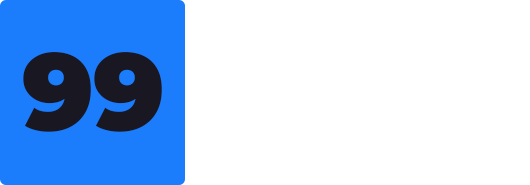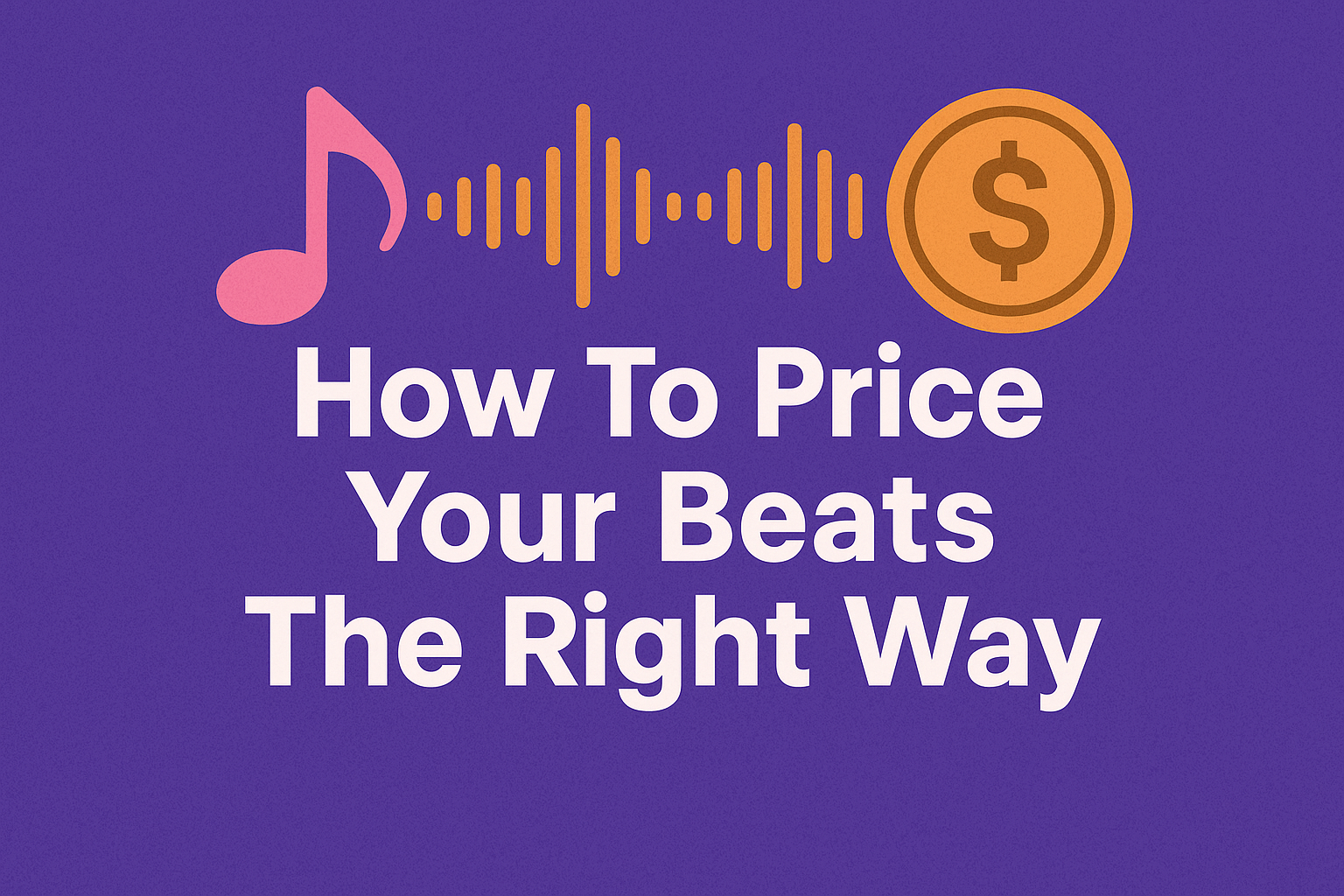Crafting profitable pricing for instrumentals requires more than guesswork. The digital music landscape offers explosive growth, with industry projections showing 70% revenue increases through direct sales and licensing by 2029. Producers navigating this space must balance artistry with smart business tactics.
Seasoned creators know track values shift dramatically based on usage rights. Non-exclusive licenses often start at $20-30, while full ownership transfers can command four-figure sums. These ranges reflect market demand, production quality, and buyer budgets.
Successful pricing considers three core elements: production costs, competitive positioning, and audience expectations. Streaming platforms and social media have transformed how musicians discover beats, creating both opportunities and pricing complexities. Emerging producers frequently undervalue their work, leaving money on the table.
This guide reveals proven frameworks used by top creators. You’ll learn to evaluate your unique value proposition and position tracks effectively. We’ll analyze pricing psychology tactics that convert casual listeners into committed buyers.
Key Takeaways
- Industry growth creates multiple revenue streams through licenses and exclusives
- Price differentiation based on usage rights maximizes earning potential
- Production quality and market demand directly impact valuation
- Strategic positioning attracts ideal buyers and builds brand authority
- Regular market analysis prevents undercharging common among new creators
Understanding the Online Beat Marketplace
The digital beat ecosystem thrives on constant innovation. Producers now compete in a space where genre boundaries blur and social platforms drive discovery. Hip-hop and trap remain dominant, but hybrid styles mixing R&B, afrobeats, and electronic elements gain traction weekly.
Current Trends and Market Demand
Short-form video content reshapes how artists find instrumentals. TikTok challenges and Instagram reels create viral moments for beats with catchy hooks. Streaming platforms report 40% more beat searches from unsigned artists compared to 2022.
Genre flexibility proves crucial. A recent producer survey showed 68% of top-selling tracks combined multiple styles. This trend reflects listeners’ craving for fresh sounds and artists’ need for distinctive backing tracks.
Selecting the Right Sales Platform
Platform choice directly impacts revenue and visibility. Compare key features:
| Platform | Monthly Cost | Commission | Best For |
|---|---|---|---|
| BeatStars | $0-$20 | 0% (paid plans) | Networking & licensing |
| Airbit | $8-$20 | 10%-20% | Profit retention |
| Traktrain | $0-$20 | Up to 25% | Advanced analytics |
BeatStars’ free tier suits newcomers testing the market, while Traktrain’s dashboard appeals to data-driven creators. Consider where your target audience shops – platform demographics vary significantly.
How To Price Your Beats The Right Way
Smart licensing strategies separate hobbyists from professional producers. Two primary options dominate the market: non-exclusive and exclusive deals. Each serves distinct artist needs and impacts revenue streams differently.
License Types Demystified
Non-exclusive agreements let multiple artists use tracks simultaneously. These licenses often start at $20-$100, perfect for creators needing affordable options. MP3 files ($20-$50) work for demos, while WAV files ($50-$100) suit higher-quality projects.
Exclusive rights transfer full ownership to one buyer. Prices jump to $200-$3,000+ based on track complexity and demand. Track-out packages (stems included) often command premium rates. Producers gain immediate cash injections but lose future licensing opportunities.
Setting Market-Driven Rates
Analyze competitors in your genre before setting prices. Consider these factors:
- Production quality (mixing/mastering level)
- Artist demand for specific styles
- Platform commission rates
New creators might start with entry-level MP3 pricing to build portfolios. Established producers can charge 30-50% more for signature sounds. Always test different price brackets – 62% of top sellers adjust rates quarterly based on sales data.
Bundle deals and limited-time offers create urgency without devaluing work. Pair discounted basic licenses with premium add-ons like custom tags or extended leases. This approach boosts conversions while maintaining perceived value.
Understanding how to price your beatstars page effectively starts with researching competitive beat prices in your genre and setting fair beat pricing that reflects your production quality and experience level, determining how much do producers charge for beats at your skill level to stay competitive, deciding how much to sell a beat for based on exclusive versus non-exclusive licensing options, evaluating if is beatstars premium worth it for advanced analytics and promotional tools, and learning to promote my beats through strategic marketing to justify your pricing and attract more customers.
Optimizing Your Beat Listings and Website
A producer’s website serves as both portfolio and sales engine. It’s where artistry meets commerce, converting casual listeners into paying clients. Three elements separate amateur setups from professional storefronts: intuitive design, technical polish, and strategic branding. If you’re diving into beat-making or music licensing, knowing what instrumental music entails can significantly enhance your creative process.
Must-Have Website Features for Producers
Your audio player acts as the virtual front door. Choose embeddable players that load in under two seconds – 53% of visitors abandon sites with slow media. Include clear purchase buttons beside each track preview, with licensing tiers displayed like menu options.
Sales pages need frictionless checkout processes. Test your payment flow on mobile devices, where 68% of beat purchases originate. “Artists want beat shopping to feel as easy as downloading a TikTok sound,” notes producer and web designer Marcus Vee.
Don’t overlook email capture. Pop-up forms converting at 12-15% help nurture undecided visitors. Offer exclusive free beats or mixing tutorials in exchange for contacts.
Importance of High-Quality Audio and Presentation
Uploading unfinished tracks is like serving raw dough – nobody buys it. Always present fully mixed versions, with WAV files available for serious buyers. Stem folders should be neatly labeled, not “Untitled_Project_Final_v3”.
Creative naming boosts discoverability. Compare “Midnight Jazz Groove” versus “Beat_047”. The first tells a story; the second gets lost in search results. Use genre tags strategically, but avoid stuffing – “Lofi Chill Trap” works better than “Hip Hop Instrumental 2024 Rap Beat”.
Visual consistency matters. Match your site’s color scheme to your beat covers and social media banners. This creates instant recognition when artists revisit your page.
Effective Marketing and Cold Email Strategies
Breaking through the noise in today’s music market demands smart outreach. While social platforms help artists discover beats, strategic email campaigns create direct connections that convert browsers into buyers. Before committing to any instrumental, check out this guide on key considerations before purchasing beats to ensure your investment aligns with your music goals.
Crafting Compelling Cold Emails
Subject lines make or break first impressions. Try “Your next single needs this vibe” instead of generic pitches. Artists open 43% more emails when senders reference their recent releases or unique style.
Personalization goes beyond names. Mention specific lyrics or production choices from their SoundCloud tracks. Tools like Hunter.io help find artist emails while maintaining GDPR compliance. Always include clear calls-to-action like “Reply for custom stems” rather than vague requests.
Utilizing Social Media to Boost Visibility
Instagram Reels showcasing beat-making sessions get 3x more saves than static posts. Use trending sounds with your instrumentals and tag emerging artists in comments. TikTok challenges using your beats can spark viral moments – 71% of producers report increased sales after trending sounds.
Engage authentically before pitching. Like and comment on artists’ posts for two weeks before sending beat packs. “People buy from creators they recognize,” notes producer Lisa Monet. Build relationships through value-first interactions like sharing mixing tips.
Tracking Email Performance for Better Outreach
Free tools like Mailtrack reveal which subject lines resonate. Aim for 60%+ open rates by testing phrases like “Exclusive collab opportunity” versus “Beat pack attached”. Replies often spike when emails include mobile-optimized preview players.
Analyze patterns weekly. If hip-hop beats get 2x more clicks than trap, adjust your outreach focus. Combine email metrics with social analytics to identify your most engaged audience segments.
Building Your Brand and Online Presence
Standing out in digital music spaces demands more than quality beats. A strong brand identity acts as your sonic fingerprint, helping artists remember your work and return for more. Let’s explore how to craft an unforgettable presence that resonates with listeners.
Creating a Distinctive Producer Identity
Your producer name serves as the foundation of your brand. Opt for something memorable like “SynthWave Sam” over generic handles. Pair this with consistent visual elements – professional logos and color schemes make your content instantly recognizable across platforms.
Develop a unique voice that reflects your personality. Whether witty or introspective, ensure it aligns with your music style. “Artists connect when your messaging feels genuine,” notes producer Jayla Beats. Share your origin story through website bios or social media posts to deepen audience connections.
Engaging Your Audience Through Content Marketing
Build loyalty by offering value beyond instrumentals. Short video tutorials on beat-making techniques or mixing tips position you as an expert. Behind-the-scenes studio clips humanize your business and spark curiosity.
Highlight client success stories through testimonials or case studies. These social proofs attract new collaborators while celebrating existing partnerships. Regular Instagram Q&A sessions or email newsletters keep your audience engaged between releases.
Consistency remains key. Use matching profile pictures, bios, and color palettes everywhere you distribute content. This unified approach builds trust and makes your brand impossible to ignore in crowded marketplaces. For independent artists, knowing what producers charge for beats is key to planning your music production budget wisely.
Pricing Strategies and Licensing Options
Effective beat sales require balancing creative value with smart packaging strategies. Savvy producers structure offers that appeal to varying budgets while protecting their work’s worth. Let’s explore proven methods to boost earnings through strategic deals and clear licensing tiers.
Creative Bundles That Convert
Multi-track packages create win-win scenarios. Offer 3 instrumentals for $100 instead of $40 each – artists save money while you secure larger sales. This approach works because:
| Package | Individual Price | Bundle Price | Savings |
|---|---|---|---|
| 3 Hip-Hop Beats | $120 | $100 | 17% |
| 5 Trap Instrumentals | $200 | $160 | 20% |
“Bundles let newcomers build catalogs while established artists stock up on versatile tracks,” explains producer Tasha Beatmaker.
License Clarity Drives Confident Purchases
Different permission levels justify varied price points. Consider these popular options:
| License Type | Files Included | Typical Price |
|---|---|---|
| MP3 Basic | Stereo file | $20-$50 |
| WAV Premium | High-res audio | $50-$150 |
| Track-Out | Stems + project files | $200+ |
Upsell opportunities emerge after initial purchases. Offer stem access for 25% extra or exclusive rights for 3x the base price. Time-limited discounts during holidays create urgency without cheapening your brand.
Always explain license details in simple terms. Artists appreciate knowing exactly what rights they’re buying. Clear communication builds trust and repeat business.
Additional Tactics for Long-Term Success
Sustaining momentum in music production demands more than hit tracks. Savvy creators combine analytics with adaptable strategies to stay ahead. Let’s explore tools that turn temporary wins into lasting careers.
Leveraging Analytics for Continuous Improvement
Data reveals what ears might miss. Track which beats get repeated plays versus quick skips. Email open rates show which subject lines hook artists – aim for 60%+ through A/B testing.
Social platforms offer goldmines of insight. Instagram Reels with behind-the-scenes content often drive 3x more sales than static posts. Use native analytics to double down on what works.
Diversification stabilizes income streams. Offer mixing services or sample packs alongside selling beats. Top producers report 35% income boosts from these add-ons.
Patience pays in this market. Building loyal clientele takes time, but monthly retainers for exclusive content accelerate growth. Reinvest earnings into better gear – quality upgrades justify premium pricing.
Treat your craft like a business. Track expenses, set quarterly goals, and analyze profit margins. Successful creators adapt faster than algorithms change, ensuring they always make money doing what they love.



